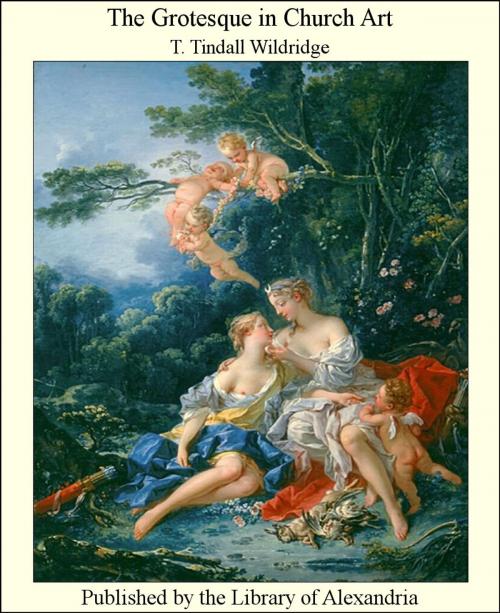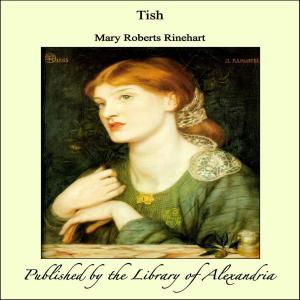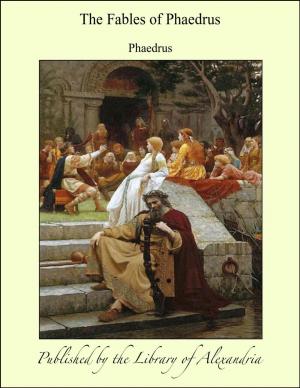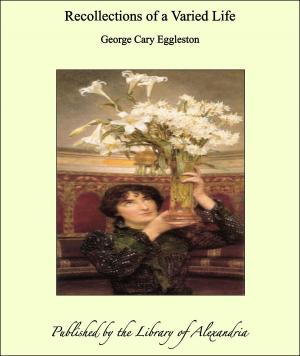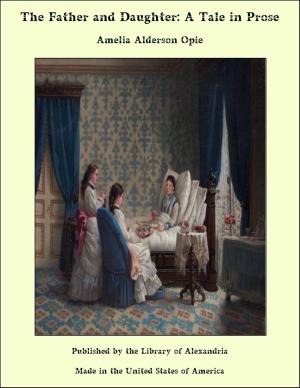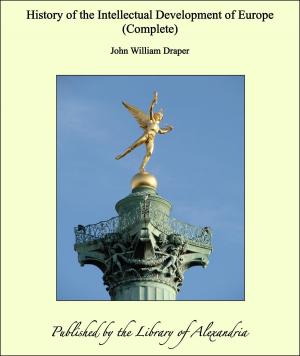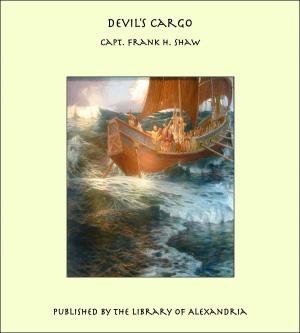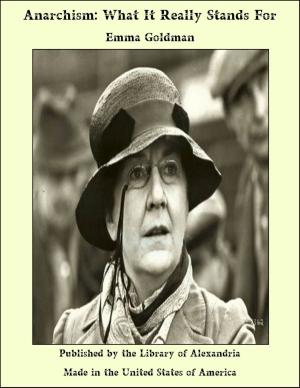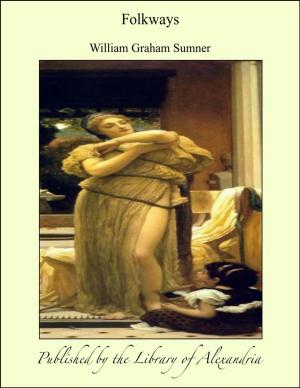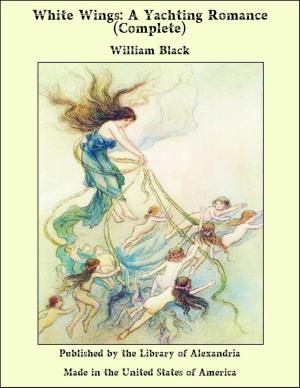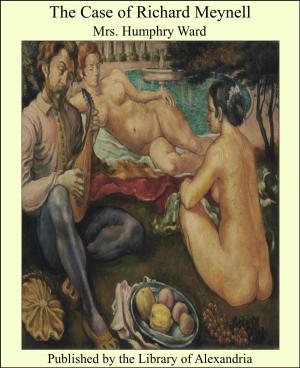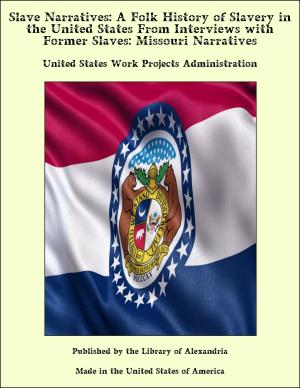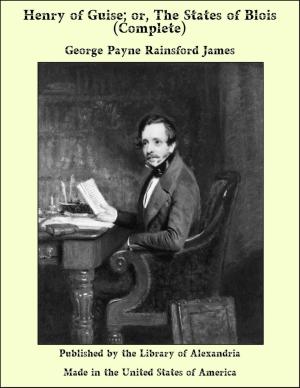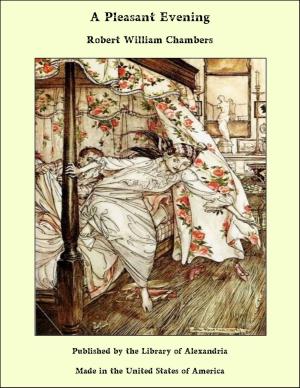The Grotesque in Church Art
Nonfiction, Religion & Spirituality, New Age, History, Fiction & Literature| Author: | T. Tindall Wildridge | ISBN: | 9781465524362 |
| Publisher: | Library of Alexandria | Publication: | March 8, 2015 |
| Imprint: | Language: | English |
| Author: | T. Tindall Wildridge |
| ISBN: | 9781465524362 |
| Publisher: | Library of Alexandria |
| Publication: | March 8, 2015 |
| Imprint: | |
| Language: | English |
The designs of which this book treats have vast fields outside the English church works to which it has been thought good to limit it. Books and buildings undoubtedly mutually interchanged some forms of their ornaments, yet the temple was the earlier repository of man’s ideas expressed in art, and the proper home of the religious symbolism which forms so large a proportion of my subject. In view also of the ground I have ventured to hint may be taken up as to the derivation, of a larger number than is generally supposed, of church designs from heathen prototypes by the hands of apprenticed masons, it is fitting that the evidences should be from their chisels. The only exceptions are a few wall-paintings, which serve to point a difference in style and origin. In every case the examples are from churches in our own land. The conclusions do not nearly approach a complete study of the questions, the research to the present, great as it is, chiefly shewing how much has yet to be learned in order to accurately compare the extant with the long-forgotten. The endeavour has been to present sufficient to enable general inferences to be drawn in the right direction. Of the numerous works consulted in the course of this essay, the most useful has been “Choir Stalls and their Carvings,” sketched by Miss Emma Phipson. While tendering my acknowledgments for much assistance obtained from that lady’s book, I would add that the ‘second series’ suggested cannot but equal the first as a service to the cause of comparative mythology and folk-lore. This place may be taken to dispose of two kinds of grotesques in church art which belong to my title, though not to my intention
The designs of which this book treats have vast fields outside the English church works to which it has been thought good to limit it. Books and buildings undoubtedly mutually interchanged some forms of their ornaments, yet the temple was the earlier repository of man’s ideas expressed in art, and the proper home of the religious symbolism which forms so large a proportion of my subject. In view also of the ground I have ventured to hint may be taken up as to the derivation, of a larger number than is generally supposed, of church designs from heathen prototypes by the hands of apprenticed masons, it is fitting that the evidences should be from their chisels. The only exceptions are a few wall-paintings, which serve to point a difference in style and origin. In every case the examples are from churches in our own land. The conclusions do not nearly approach a complete study of the questions, the research to the present, great as it is, chiefly shewing how much has yet to be learned in order to accurately compare the extant with the long-forgotten. The endeavour has been to present sufficient to enable general inferences to be drawn in the right direction. Of the numerous works consulted in the course of this essay, the most useful has been “Choir Stalls and their Carvings,” sketched by Miss Emma Phipson. While tendering my acknowledgments for much assistance obtained from that lady’s book, I would add that the ‘second series’ suggested cannot but equal the first as a service to the cause of comparative mythology and folk-lore. This place may be taken to dispose of two kinds of grotesques in church art which belong to my title, though not to my intention
